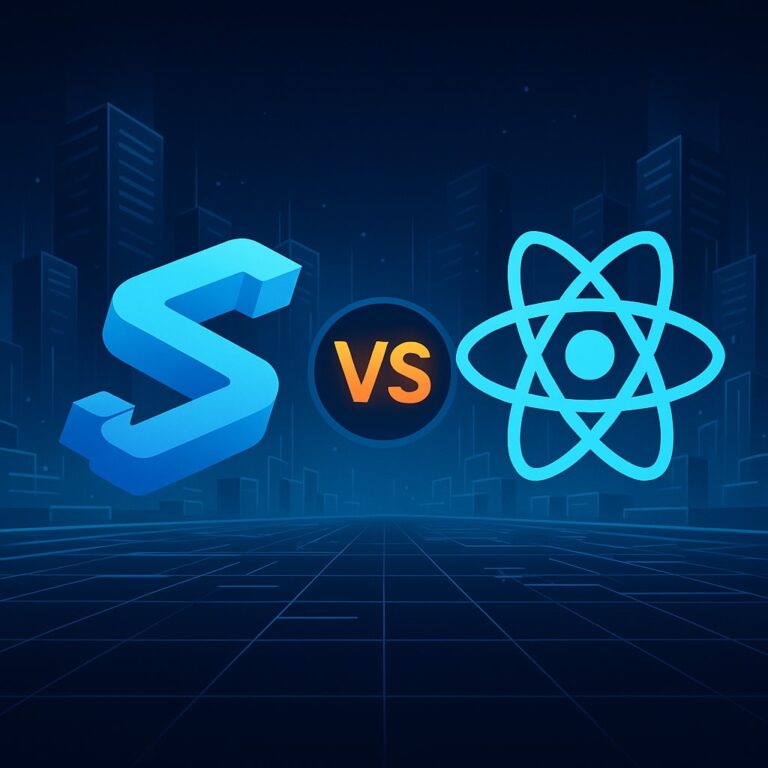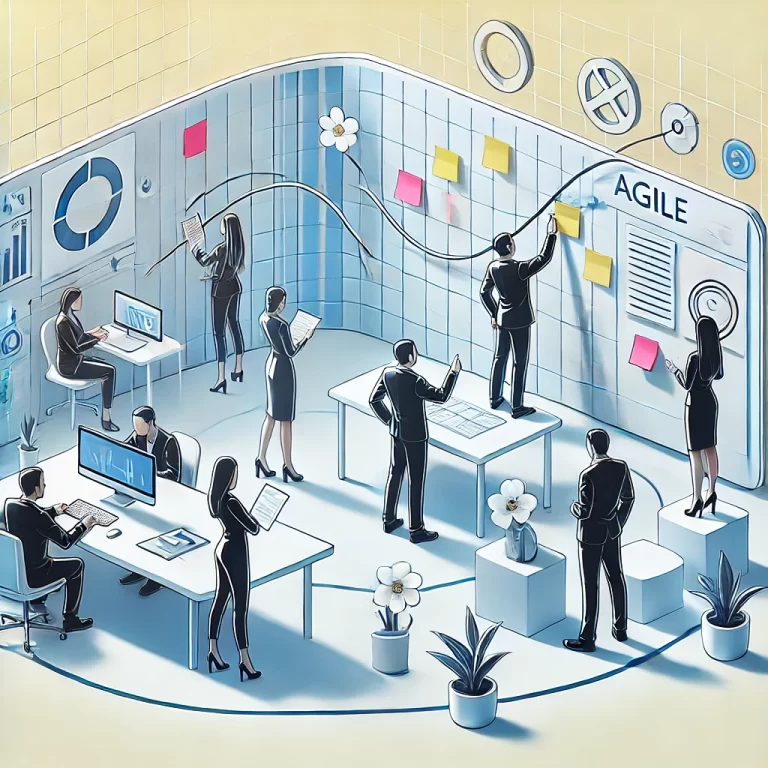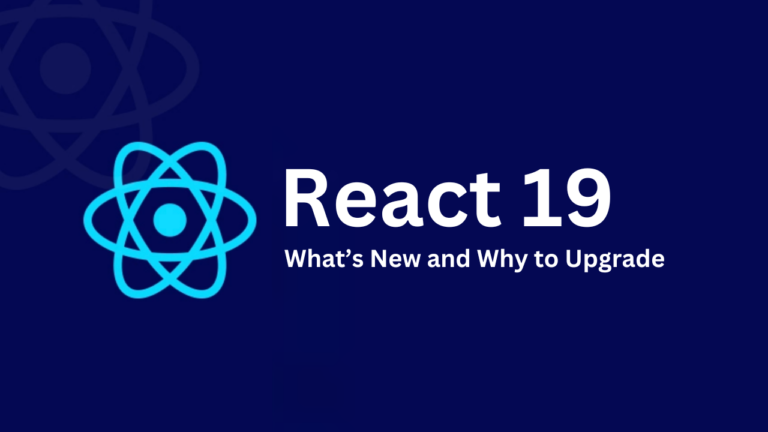In today’s competitive digital landscape, building enterprise-grade applications demands a meticulous approach and adherence to industry best practices. This comprehensive guide dives into the fundamental strategies, methodologies, and practices crucial for developing robust React.js applications at an enterprise level.
1. Project Structure and Architecture:
- Modular Structure: Organize components, pages, and utility functions into separate modules for scalability.
- Container-Presentation Pattern: Employ the container and presentational components pattern for better code management and reusability.
- State Management: Choose an appropriate state management library (e.g., Redux) for managing application-wide state.
2. Code Quality and Standards:
- Linting and Formatting: Utilize tools like ESLint and Prettier to maintain code consistency and quality across the codebase.
- Code Reviews: Enforce code reviews to ensure adherence to coding standards and identify potential issues early.
3. Performance Optimization:
- Code Splitting: Implement code splitting to load only necessary components, improving initial load times.
- Memoization and Pure Components: Use React.memo() and PureComponent for performance optimization by avoiding unnecessary re-renders.
- Bundle Size Optimization: Employ tools like webpack-bundle-analyzer to analyze and optimize bundle sizes.
4. Security Practices:
- Data Sanitization: Protect against XSS attacks by sanitizing user inputs and using safe rendering practices.
- Authentication and Authorization: Implement secure authentication mechanisms and role-based access controls (RBAC) for data security.
5. Testing and Quality Assurance:
- Unit Testing: Write comprehensive unit tests using Jest and React Testing Library to ensure component functionality.
- Integration and E2E Testing: Conduct integration and end-to-end (E2E) tests using tools like Cypress or Selenium.
6. Accessibility (A11y):
- Keyboard Navigation: Ensure keyboard accessibility for users who rely on assistive technologies.
- Semantic HTML: Use semantic HTML elements and provide alternative text for images to enhance accessibility.
7. Documentation:
- Code Documentation: Document codebase using JSDoc or similar tools to generate comprehensive documentation.
- Project Wiki: Maintain a project wiki or README files with setup instructions, guidelines, and project structure details.
8. Continuous Integration and Deployment (CI/CD):
- Automated Testing: Integrate automated testing suites in CI pipelines (e.g., Jenkins, GitLab CI) for continuous feedback.
- Deployment Strategies: Implement blue-green deployments or canary releases for seamless updates without downtime.
9. Scalability and Performance Monitoring:
- Performance Monitoring: Integrate monitoring tools (e.g., New Relic, Datadog) to track application performance in production.
- Load Testing: Perform load tests to identify bottlenecks and ensure the application can handle increased traffic.
10. Internationalization (i18n) and Localization:
- Locale Support: Implement i18n libraries to support multiple languages and locales in the application.
Conclusion:
Building an enterprise-level React.js application requires a disciplined approach, adherence to best practices, and a commitment to ongoing improvements. By following these practices, teams can create scalable, secure, and maintainable applications that meet enterprise needs.











